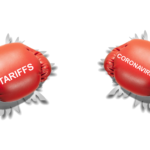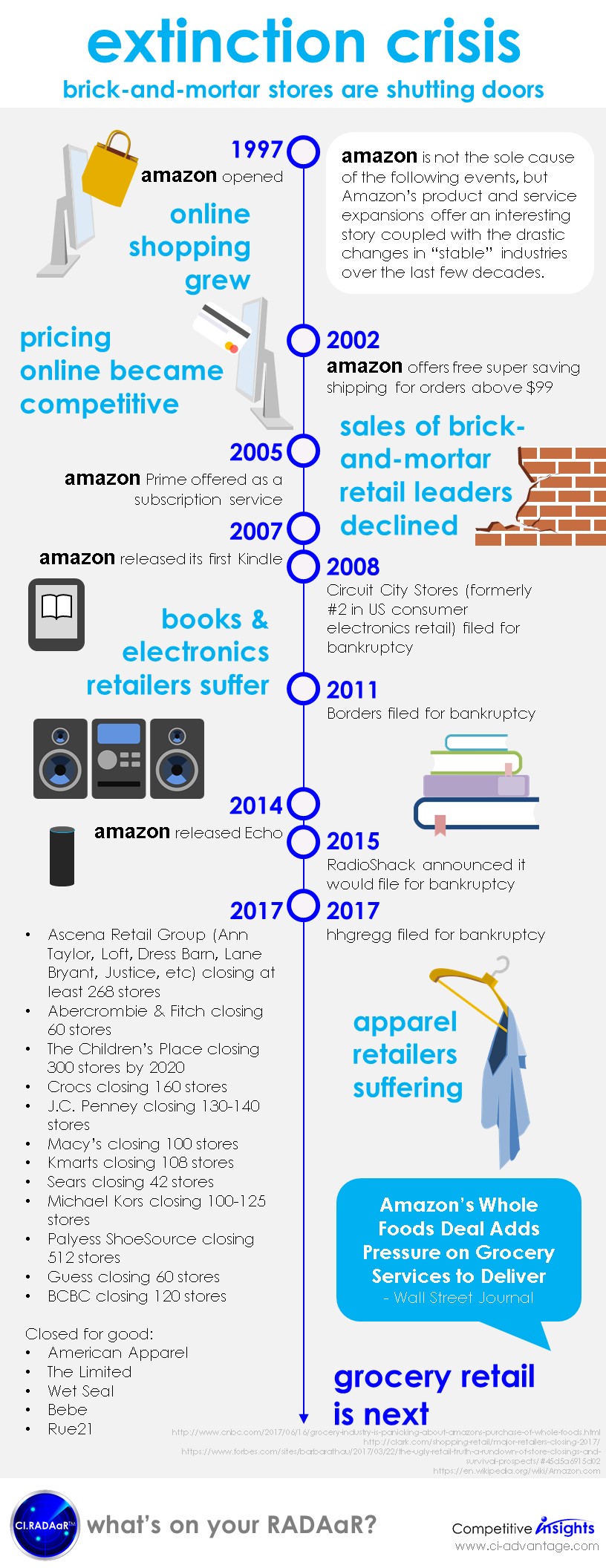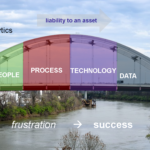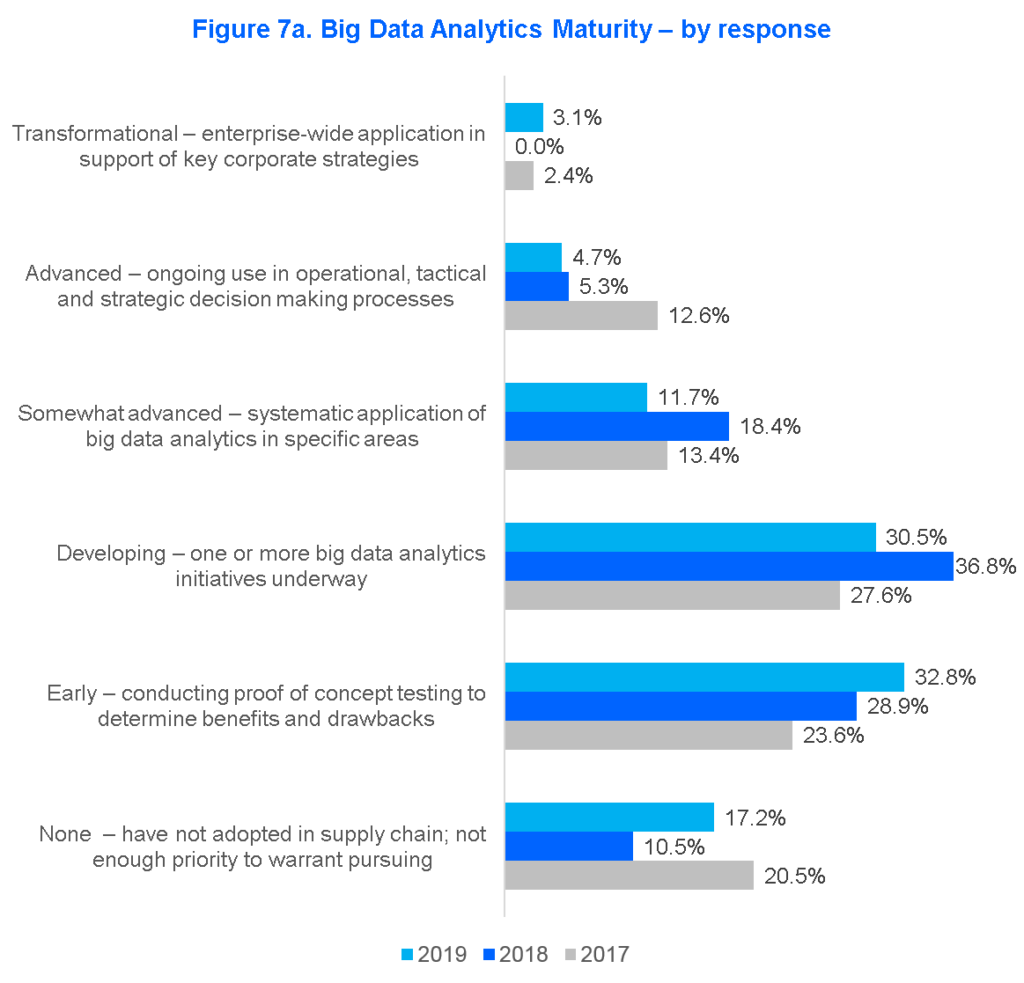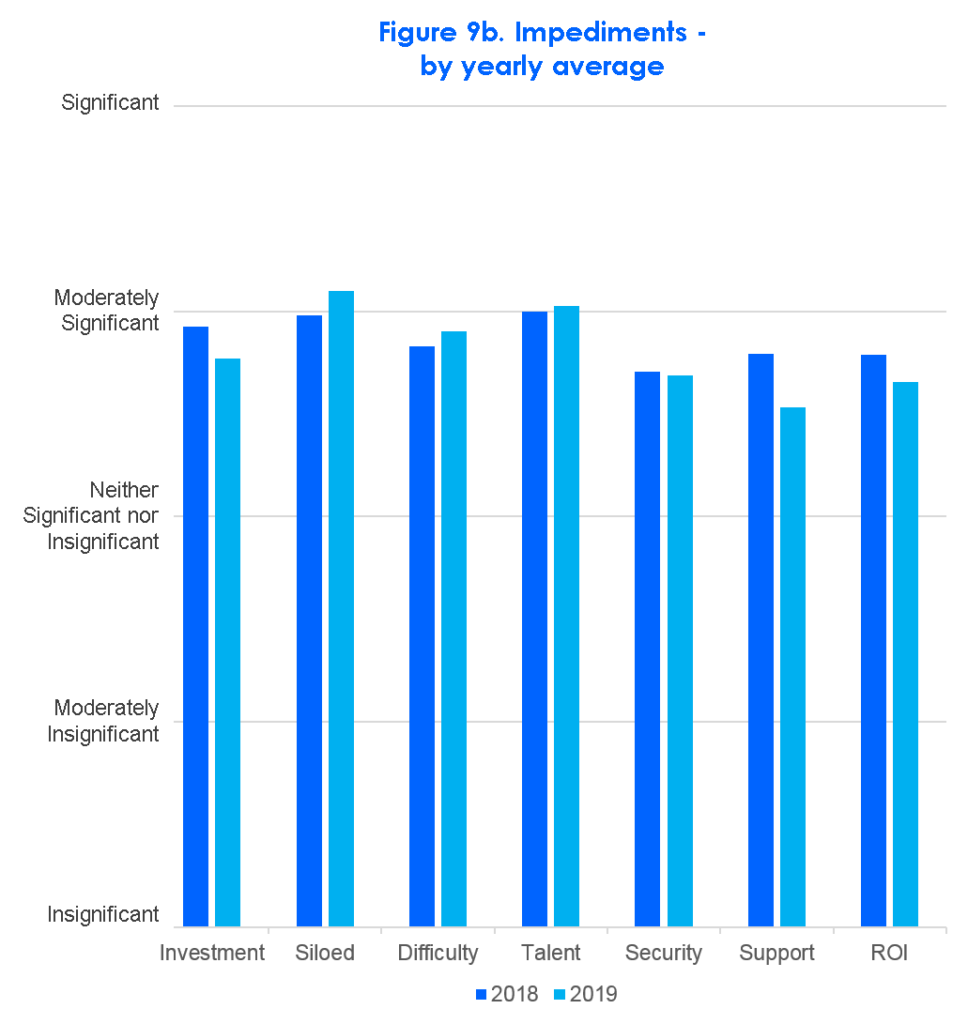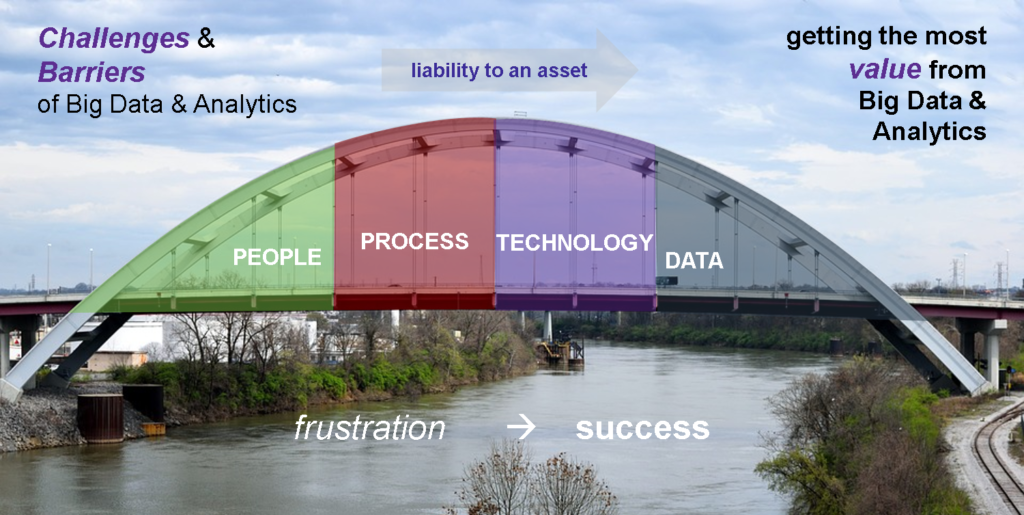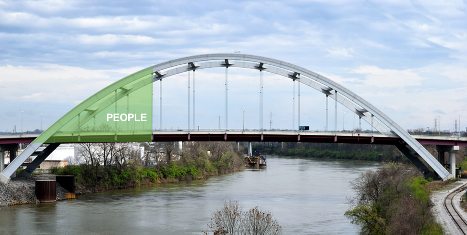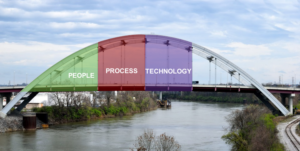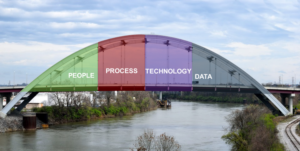COVID-19 and Tariffs – Actionable Resiliency
Summary
Let’s be honest. Supply Chain Risk (SCR) is a topic that is widely discussed but rarely prioritized with significant investments in time and money. This is about to change!
The timing of the Trade War and COVID-19 has created a one-two punch with significant financial consequences. As of the day this was written, the Dow Jones Industrial Average had it biggest one day point drop in it’s history.
This should serve as a wake-up call. Shareholders will assume that earnings will take a hit from COVID-19 and the Trade War. However, they also expect companies to have SCR strategies that minimize the financial impact of these and future significant disruptions. The winners will perform noticeably better than their competitors by minimizing the effect on profit goals.
Points of Focus
SCR best practices are based on accurate and repeatable total cost and profit contribution information associated with every customer, product, supplier and the operating assets that enable the supply chain to operate.
Once these financial insights are visible, short-term and long-term mitigation strategies can be evaluated. Examples are:
Short Term (offsetting disruption related costs and profit impact)
- Adjust customer service levels based on the segmentation of customers by specific cost or profit criteria (reducing order fulfillment costs)
- Allocation of products to the most profitable customers if production is disrupted (preserving key customer relationships)
- Create differentiated strategies for raising prices or lowering discounts based on customer segmentation by profit contribution (addressing Tariff increases)
- Terminate unprofitable customers that are adding costs and diminishing profits (lowering operating costs while raising profits)
- Prioritizing short term mitigation efforts toward the most profitable products first (profit protection)
Longer Term (adding resiliency for future disruptions)
- Prioritization of continuity plans associated with the regional concentration of production of highly profitable products or product components (e.g. the impact of the COVID-19)
- Diversification of specific supply chain assets (e.g., supplier, lanes, ports, etc.) that are associated with high levels of profit contributions that would have a significant impact if it became inoperable
SCR best practices facilitate the allocation and prioritization of resources in order to have the most protective impact on minimizing costs and maintaining expected earnings. It avoids the weakness of strategies based on a “One Size Fits All” mentality.
Takeaways
Companies have been dealing with the impact of tariff increases for an extended period of time. Now the COVID-19 is having a rippling effect in every industry.
The compounding financial impact will be a catalyst for companies to embrace the creation and institution of Supply Chain Risk best practices. Best practices that require accurate, specific and repeatable cost and profit contribution information.
What is your Supply Chain Risk approach today? Will the lessons learned from COVID-19 and the Trade War be taken to heart by adopting SCR best practices?
The stakes are high and future disruptions are part of the new normal in managing global supply chains. We can’t tell you what the next global disaster will be, or where it will happen. But we can guarantee it will happen again.
Will you be ready?
Please join us on a webinar: Are You Ready for a Supply Chain Crisis?
1-Hour Webinar | FRI, MAR 13, 2020 | 1:00 – 2:00 PM EDT
REGISTER HERE
Please comment on this posting or email me at rsharpe@ci-advantage.com .
All the best,
Richard Sharpe
Short Term (offsetting disruption related costs and profit impact)
- Adjust customer service levels based on the segmentation of customers by specific cost or profit criteria (reducing order fulfillment costs)
- Allocation of products to the most profitable customers if production is disrupted (preserving key customer relationships)
- Create differentiated strategies for raising prices or lowering discounts based on customer segmentation by profit contribution (addressing Tariff increases)
- Terminate unprofitable customers that are adding costs and diminishing profits (lowering operating costs while raising profits)
- Prioritizing short term mitigation efforts toward the most profitable products first (profit protection)
Longer Term (adding resiliency for future disruptions)
- Prioritization of continuity plans associated with the regional concentration of production of highly profitable products or product components (e.g. the impact of the COVID-19)
- Diversification of specific supply chain assets (e.g., supplier, lanes, ports, etc.) that are associated with high levels of profit contributions that would have a significant impact if it became inoperable
SCR best practices facilitate the allocation and prioritization of resources in order to have the most protective impact on minimizing costs and maintaining expected earnings. It avoids the weakness of strategies based on a “One Size Fits All” mentality.
Takeaways
Companies have been dealing with the impact of tariff increases for an extended period of time. Now the COVID-19 is having a rippling effect in every industry.
The compounding financial impact will be a catalyst for companies to embrace the creation and institution of Supply Chain Risk best practices. Best practices that require accurate, specific and repeatable cost and profit contribution information.
What is your Supply Chain Risk approach today? Will the lessons learned from COVID-19 and the Trade War be taken to heart by adopting SCR best practices?
The stakes are high and future disruptions are part of the new normal in managing global supply chains. We can’t tell you what the next global disaster will be, or where it will happen. But we can guarantee it will happen again.
Will you be ready?
Please join us on a webinar: Are You Ready for a Supply Chain Crisis?
1-Hour Webinar | FRI, MAR 13, 2020 | 1:00 – 2:00 PM EDT
REGISTER HERE
Please comment on this posting or email me at rsharpe@ci-advantage.com .
All the best,
Richard Sharpe
Richard Sharpe is CEO of Competitive Insights, LLC (CI), a founding officer of the American Logistics Aid Network(ALAN) and designated by DC Velocityas a Rainmaker in the industry. For the last 25 years, Richard has been passionate about driving business value through the adoption of process and technology innovations. His current focus is to support CI’s mission to enable companies to gain maximum value through specific, precise and actionable insights across the organization for smarter growth. CI delivers Enterprise Profit Insights (EPI) solutions that enable cross-functional users to increase and protect profitability. Prior to his current role, Richard was President of CAPS Logistics, the forerunner of supply chain optimization. Richard is a frequent speaker at national conferences and leading academic institutions. His current focus is to challenge executives to improve their company’s competitive position by turning enterprise wide data from a liability to an asset through the use of applied business analytics.
